
HOW TO CLEAN BURNT POTS & PANS: 11 METHODS
The kitchen can be a great place to explore your creative side. While adventurous dishes like venison meatballs or Korean BBQ pork chop are certainly fun to make, the scorched pans they may leave behind aren’t as thrilling. Follow the steps below to learn how to clean burnt pots and pans so you can continue creating in the kitchen.
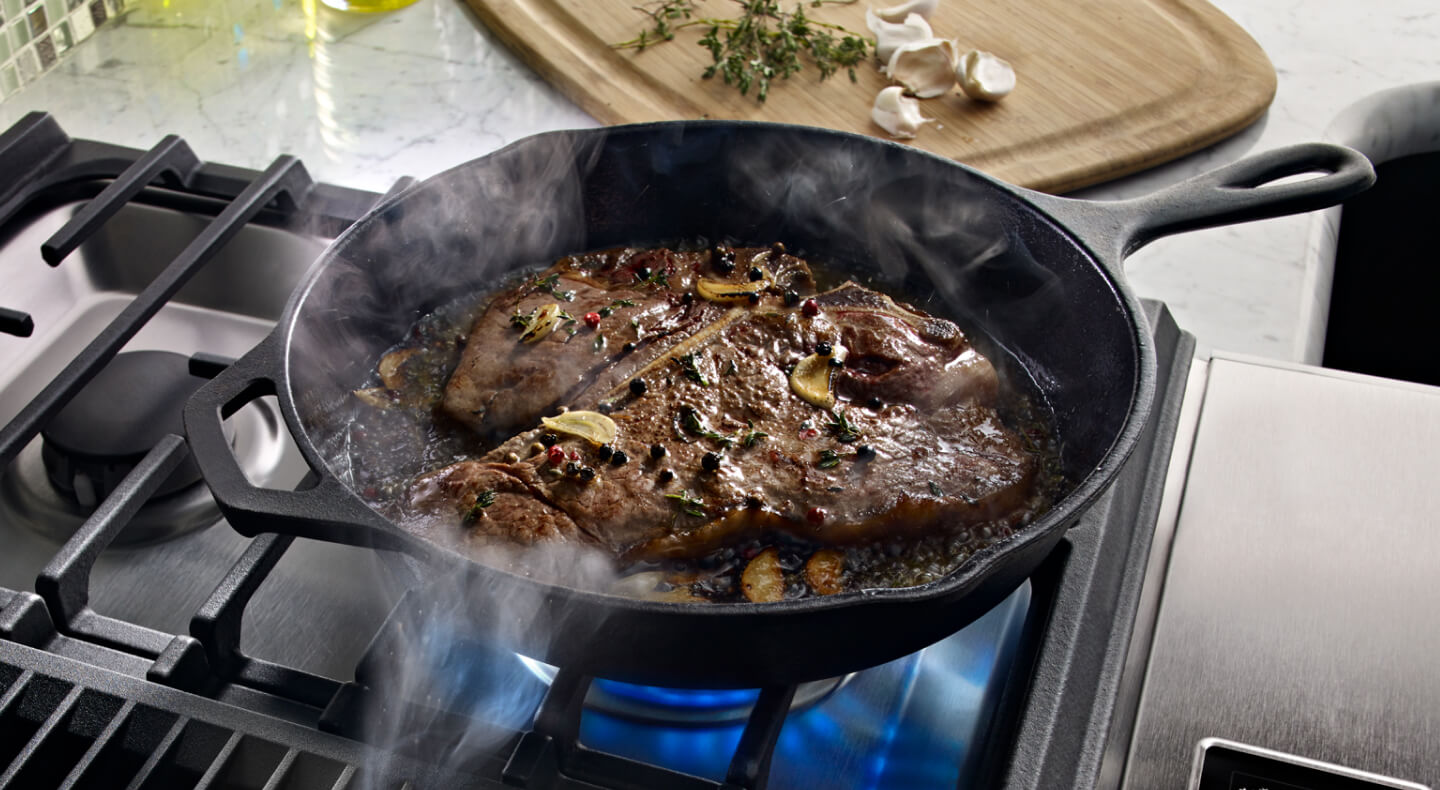
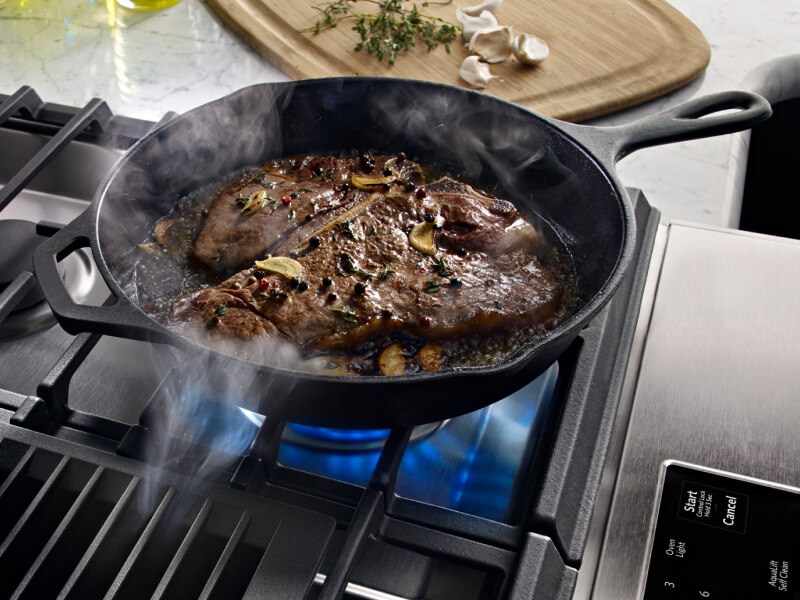
HOW DO YOU CLEAN A BURNT POT?
It’s possible to remove burns from burnt cookware with a combination of heat, mild abrasives like baking soda and other common household staples. Discover how to remove stubborn burns from a cast iron skillet and how to clean a burnt stainless steel or aluminum pan.
WHAT’S THE EASIEST WAY TO CLEAN A BURNT POT?
While not recommended for cast iron or stainless steel, boiling lemons can be an easy (and fragrant) way to help remove burns from cookware. Simply cut a few lemons into quarters and bring them to a boil. Your pots will smell and look great, with minimal scrubbing on your part.
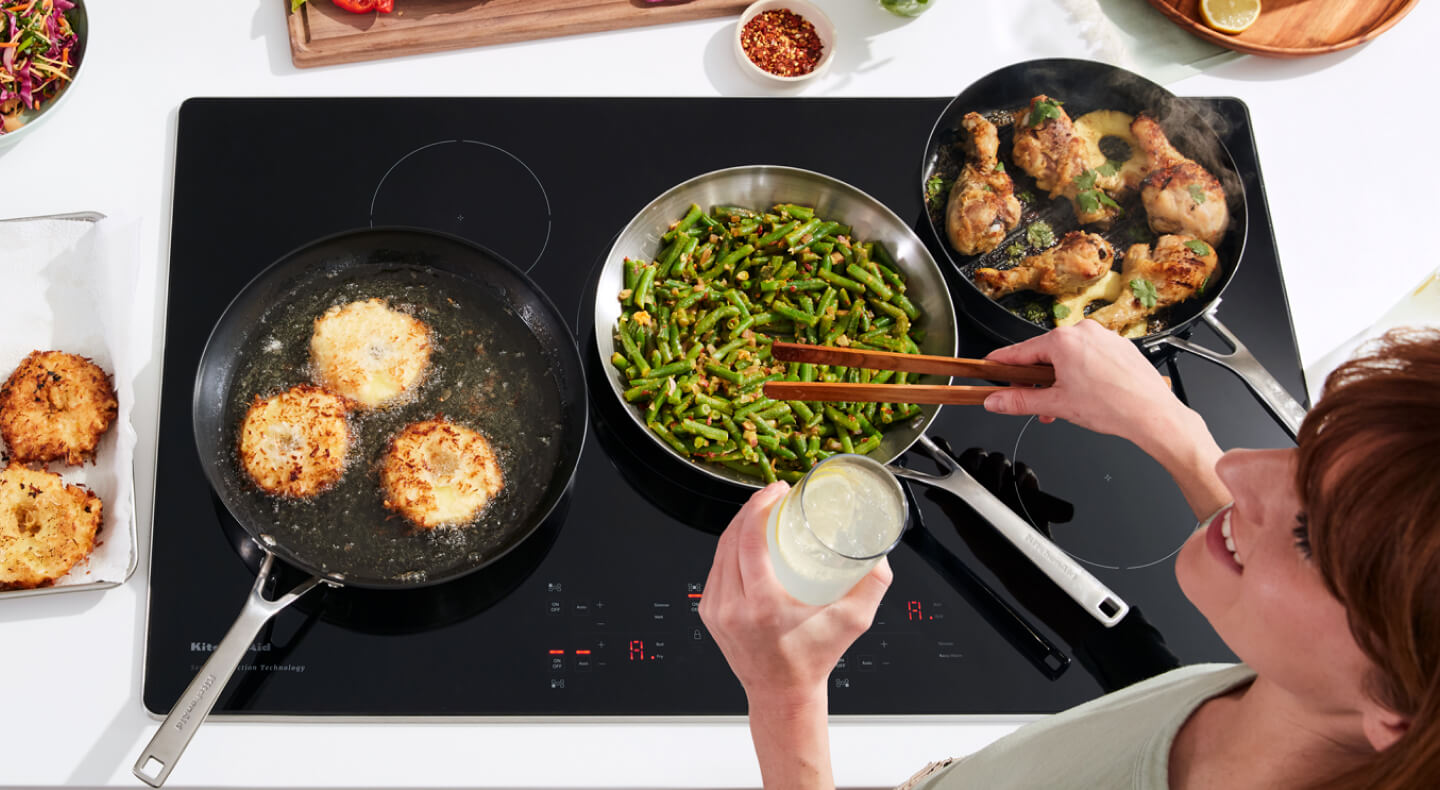
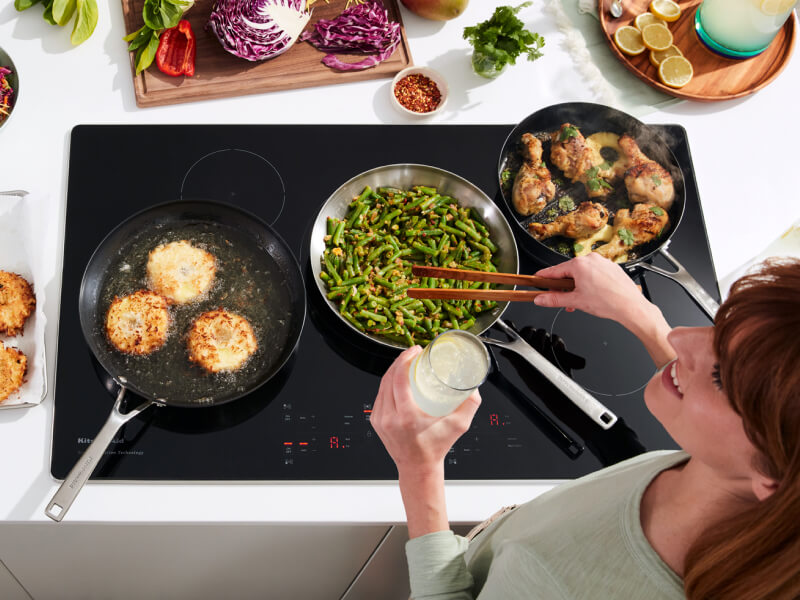
DIFFERENT WAYS TO CLEAN SCORCHED POTS AND PANS
How do you clean a badly burnt saucepan without damaging it—especially if it is stainless steel, nonstick or ceramic? Keep in mind that how you care for a pan can depend on its material. Read on for scorched pan cleaning tips and learn how to clean a burnt stainless steel or aluminum pan.
Tip: Remember to check with your cookware manufacturer for specific care instructions.
1. USE BAKING SODA:
To clean a cast iron skillet without compromising the seasoning, baking soda is a good option. Avoid acidic materials like vinegar or lemon juice since acids can create rust and deteriorate the seasoned coating.
Remove any loose debris or food
Cover the bottom of the pan with a thin layer of water
Sprinkle a generous amount of baking soda (aim for a paste consistency)
Scrub with a nylon bristle brush or scouring sponge
2. USE BAKING SODA AND VINEGAR:
While vinegar is too acidic for surfaces like stainless steel or cast iron, it’s a powerful cleaning agent for copper and aluminum.
Remove any loose debris or food
Fill the bottom of the pan with a thin layer of vinegar
Spread baking soda on the bottom of pan
Allow this mixture to set overnight
Scrub with a nylon brush or non-scratching sponge
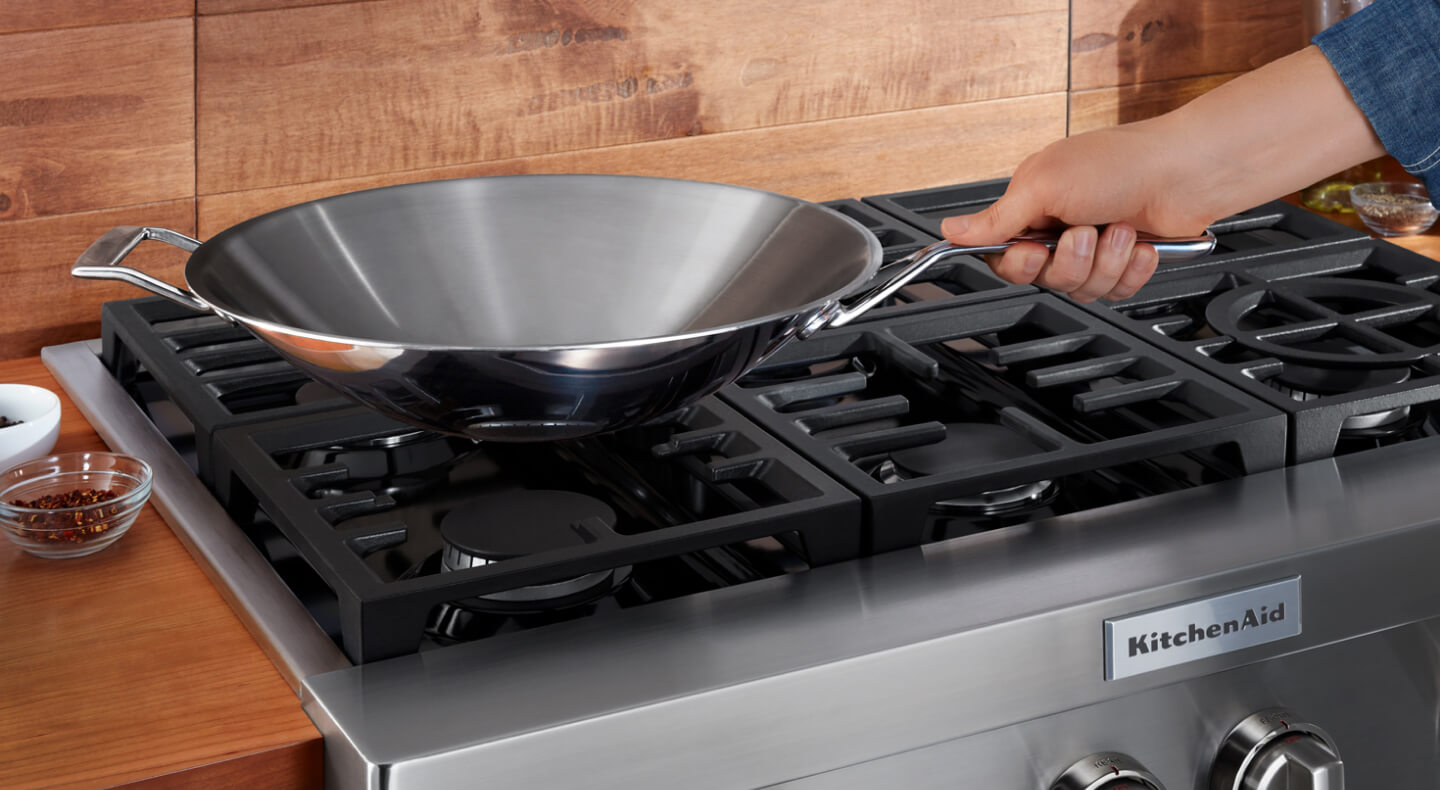
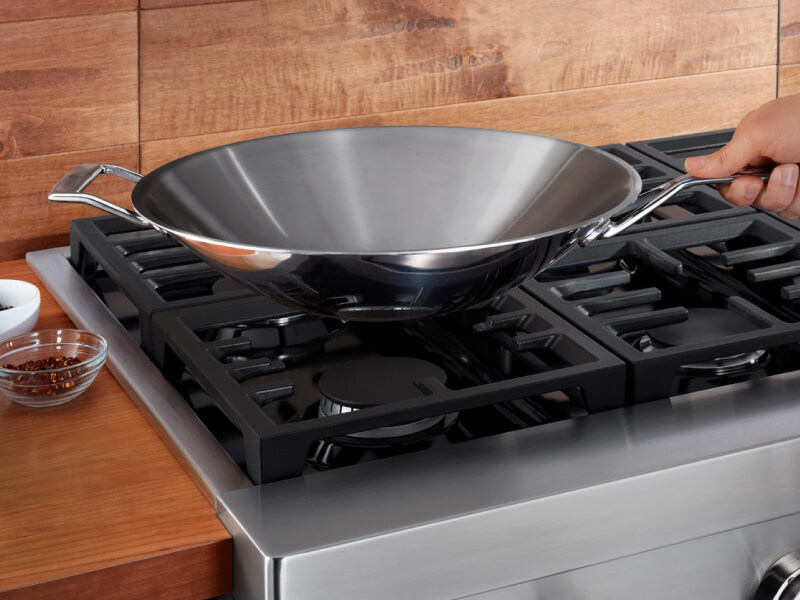
3. USE THE DEGLAZING TECHNIQUE:
Deglazing combines the power of heat and abrasion to remove burns from pots and pans and can work for nearly any material.
Remove any loose debris or food
Place the pot on the stove on a low heat setting
Add 1 cup water to the pot and bring to a boil
As the water heats, use a wooden spatula to scrape or ‘deglaze’ the bottom and sides of the pot
Pour the boiled water into the sink
Without drying the pot, sprinkle a generous amount of baking soda into the pan and let it cool
Once cool, scrub the pot thoroughly with a wet bristle brush or scouring sponge
Wash and dry the pot as you normally would
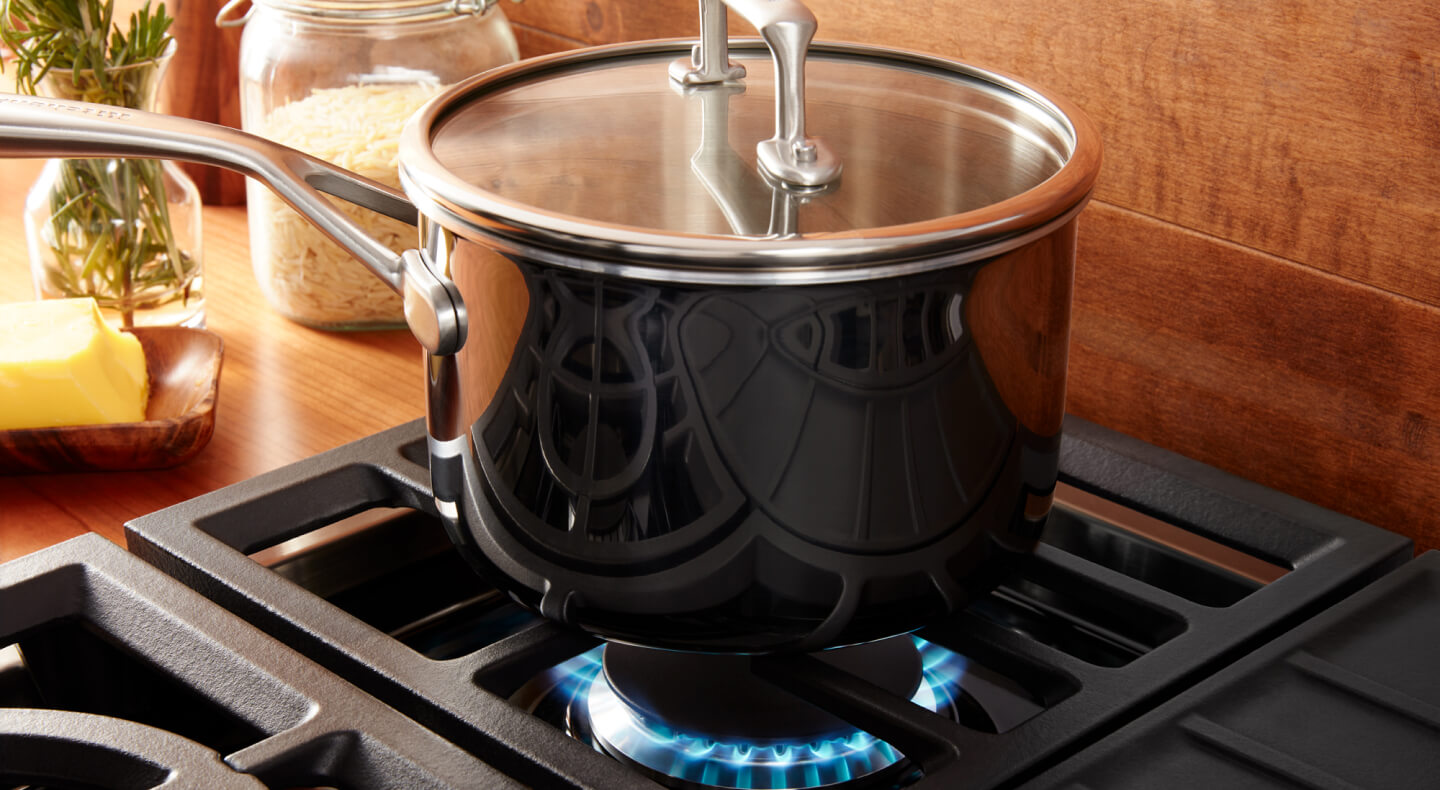
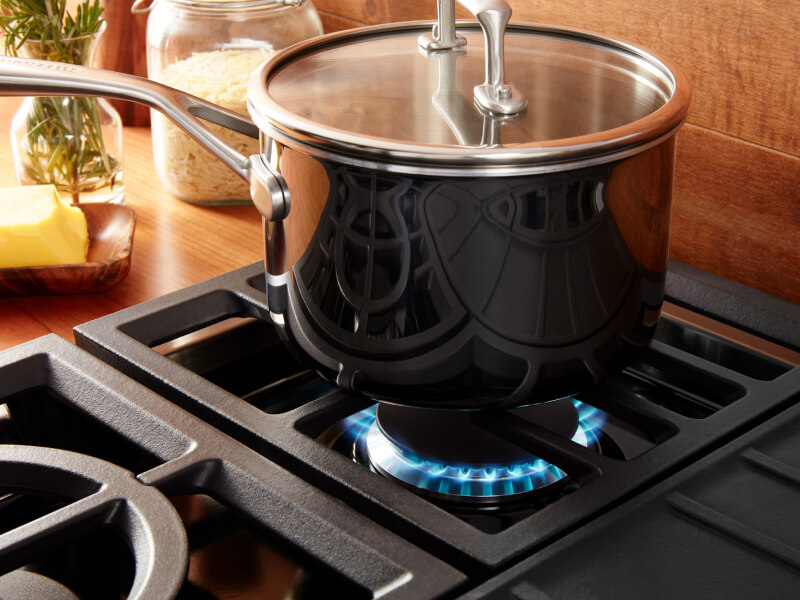
4. USE BOILED LEMONS:
Clean your aluminum kitchenware with the combined natural power of lemons and heat. As a bonus, your kitchen will smell zesty and invigorating thanks to this helpful tip.
Remove loose food or debris
Cut 2-3 lemons into quarters
Place lemon wedges into the pot
Add 2-3 inches of water
Place the pot on the stove and boil the water for 5-10 minutes
Pour out the remaining water and lemon wedges into the sink
Scrub the scorched areas with a scouring pad
5. USE SALT:
Salt is another useful way to remove both scorch marks and grease stains from cast iron pots and pans. For extra strength cleaning, try using kosher salt as it offers more abrasion.
Remove loose food or debris
Sprinkle salt into the bottom of the pan
Scrub with a sponge or bristle brush
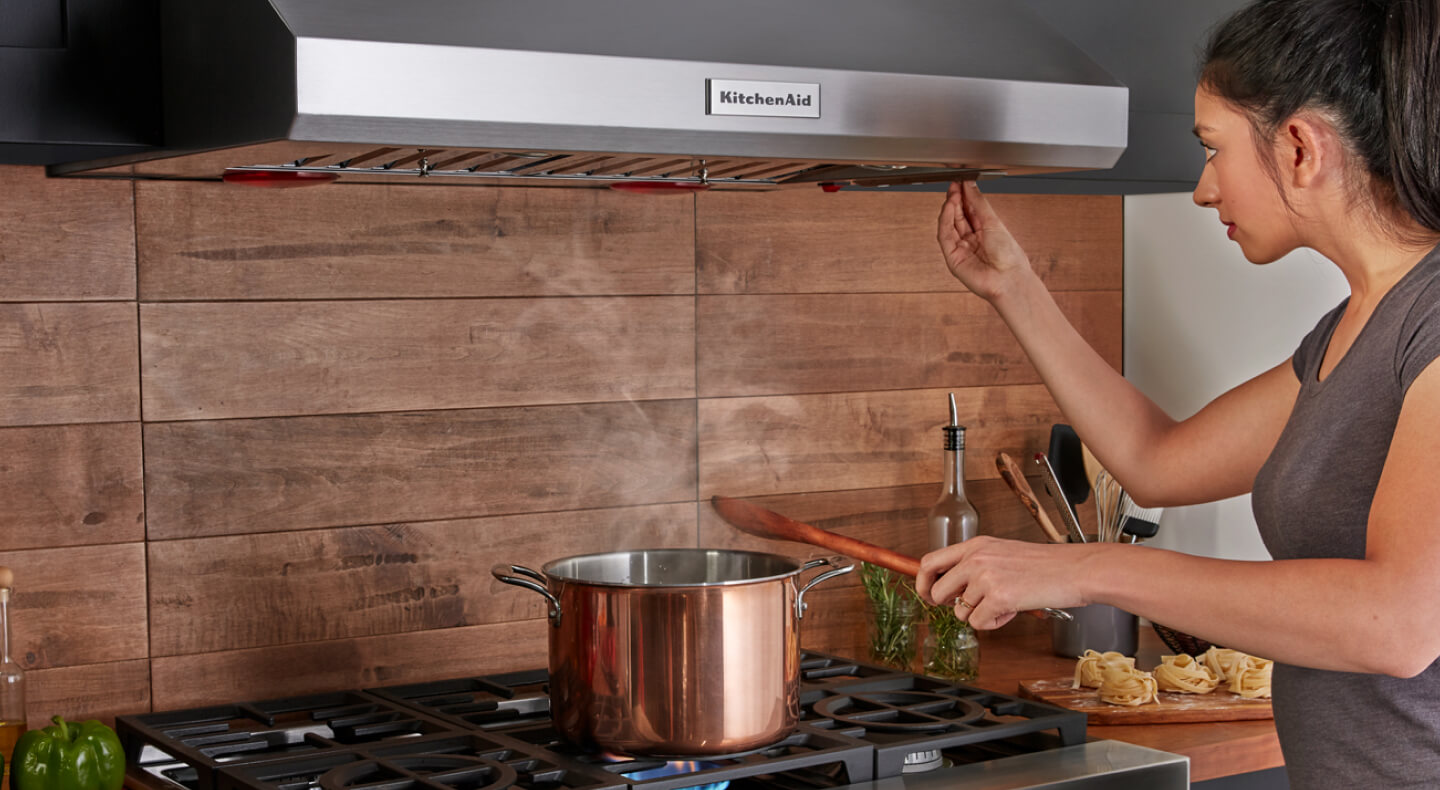
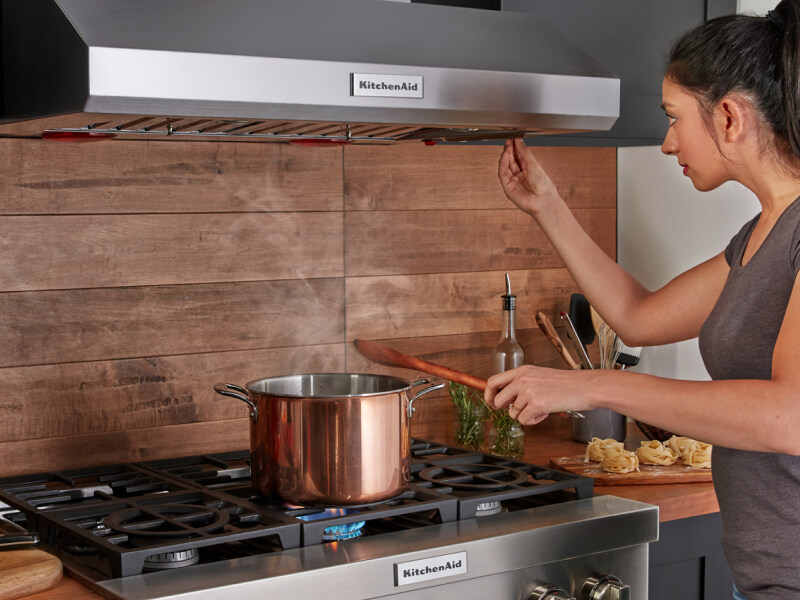
6. USE CREAM OF TARTAR:
Thanks to its gentle yet abrasive properties, cream of tartar is a baking soda alternative that’s great for cleaning aluminum and stainless steel pots and pans.
Remove loose food or debris
Mix 1 tablespoon and 1 cup of water in the scorched pot
Boil the mixture and allow it to cool
Scrub pot with a sponge or nylon bristle brush
Pour remaining water into the sink
7. USE KETCHUP:
Ketchup can be helpful in restoring dull copper and tarnished stainless steel cookware. While it won’t remove scorches completely on its own, it’s a great follow-up step to help bring a lovely sheen back to your kitchenware.
Remove loose food or debris
Coat tarnished spots with ketchup
Allow ketchup to sit for 15 minutes
Wipe away ketchup
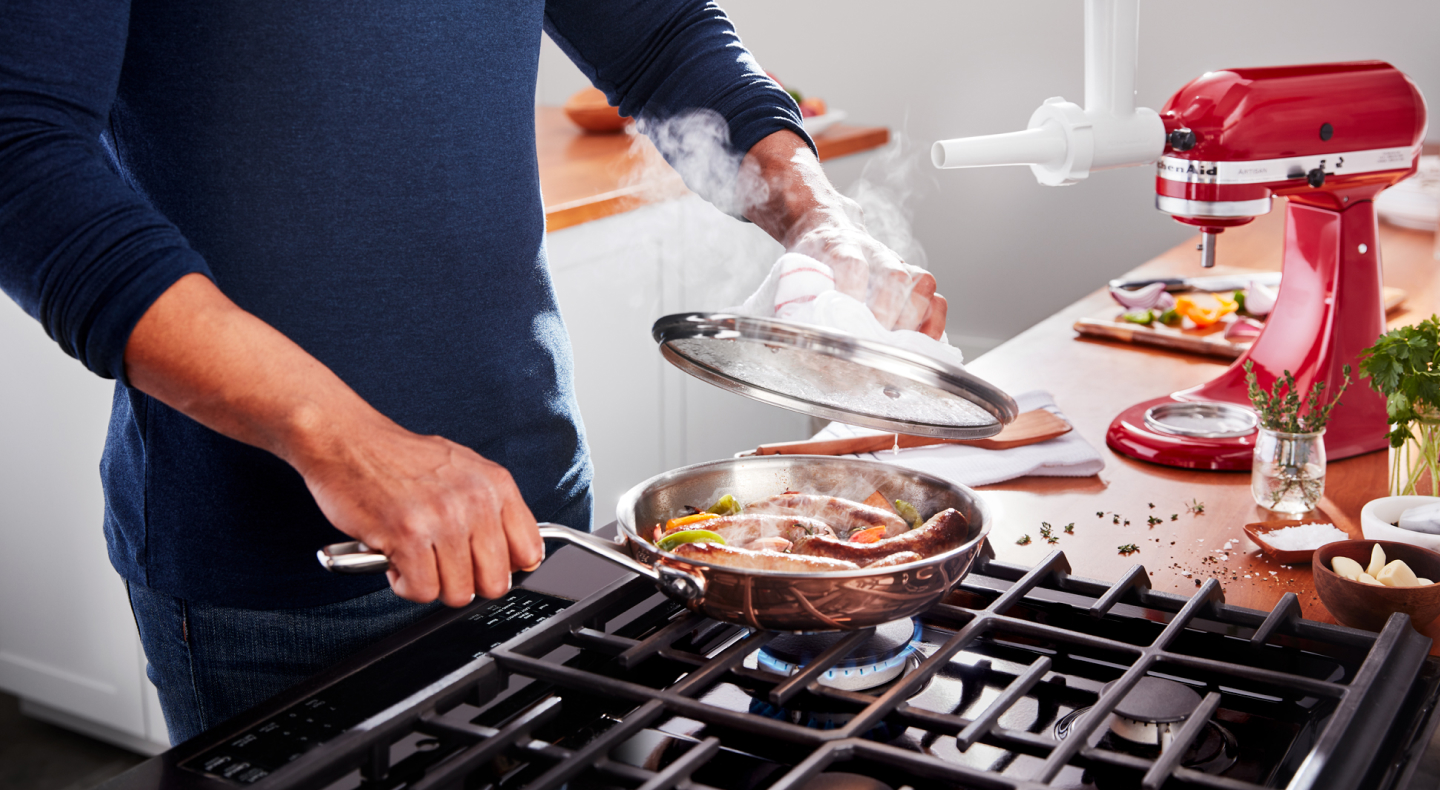
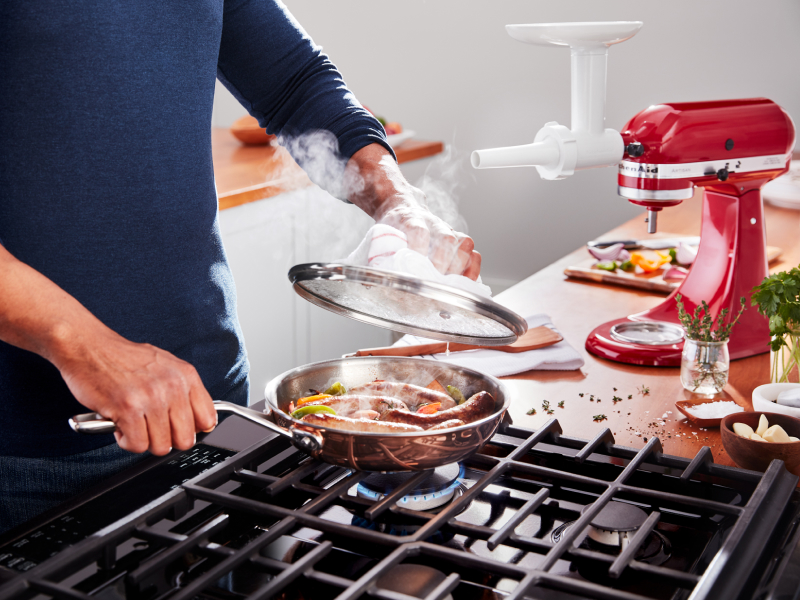
HOW DO YOU REMOVE BURNT STAINS FROM STAINLESS STEEL PANS?
When cleaning stainless steel, it’s best to keep things simple. Citrus-based cleaners and vinegar-based products can cause damage, so the deglazing method can help you use heat to your advantage. Remember to check your manufacturer’s guide for the most accurate cleaning tips and to make sure the cleaning agent of your choice will not damage your cookware.
HOW DO YOU CLEAN A BADLY BURNT SAUCEPAN?
To clean a badly burnt saucepan, a combination of low heat and mild abrasives may help to lift stains and debris. Try heating a small amount of water in the pan before scrubbing.
WILL VINEGAR CLEAN A BURNT PAN?
Vinegar may help clean a burnt pan when used in combination with mild abrasives. However, it’s important to note that vinegar can be corrosive to certain materials like stainless steel or cast iron. Be sure to check your manufacturer’s guide for more details.
EXPLORE KITCHENAID® DISHWASHERS
Your kitchen is so much more than functional—it’s where you find inspiration to create delicious meals with your family and friends. Keep your favorite cooking dishes and utensils clean and ready for your next dinner party with front controls available on multiple KitchenAid brand dishwasher models. Browse KitchenAid® dishwashers with impressive features, including a FreeFlex™ Third Rack to keep up with cleanup.